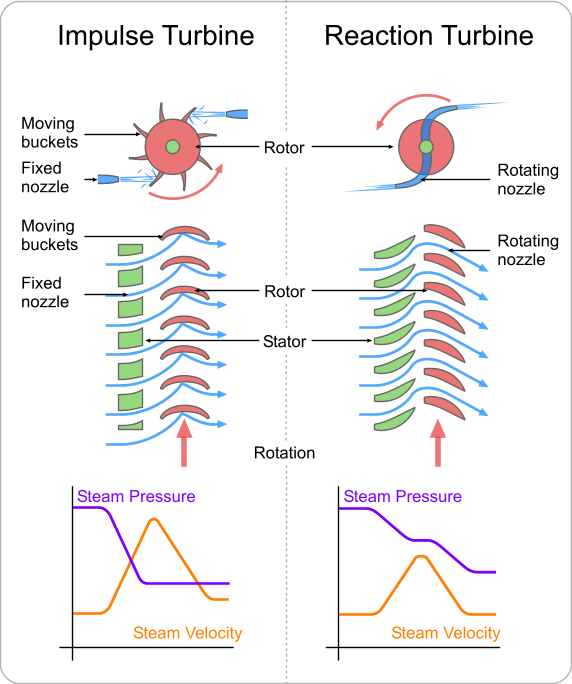Recently, China CNR Yongji Electric Co., Ltd. independently developed the first batch of oilfield motors for offshore mobile drilling vessels through the American Bureau of Shipping (ABS) on-site inspection, and obtained the American Bureau of Shipping ABS certification. It marks that Yongji Motor Company's oilfield motor has been recognized by the world's top authoritative certification bodies, laying the foundation for such motors to enter the international market.
It is understood that the offshore mobile drilling ship oilfield motor developed by Yongji Electric Company can completely replace imported equipment and fill the domestic gap.
Based on the 40-year electric drive development technology platform, China CNR Yongji Motor Co., Ltd. successfully entered the domestic oilfield drilling motor market in 1998, constantly refreshing the gap between China's oilfield market and international enterprises, and changing the oilfield motor market in China. The situation has realized the leap of Chinese rigs from mechanical transmission to electric drive localization. The YZ08 series DC oilfield motor developed by Yongji Electric Machinery Co., Ltd. has been listed in the Chinese enterprise with more than 100 new records. The YZ08/YZ08A oil drilling motor has been listed in the National Torch Program. The company has been awarded the title of “Petrochemical and Petrochemical†by the China Petroleum and Petrochemical Equipment Industry Association. Excellent supplier of motors".
On July 6, 2007, Yongji Electric Machinery Co., Ltd. obtained the first certificate of product certification issued by China Classification Society (CCS), and its oil drilling variable frequency speed control motor YJ13/YI23/YJ31 three series of 75 products have entered Passports in the marine and marine markets. It has played an important role in promoting the international advanced level of China's oil drilling electrical equipment.
In the past 13 years, Yongji Electric Company has continuously accelerated the technological innovation of oil drilling motor products. From DC motor series to AC motor series, from land to sea, Yongji Motor has challenged a new technical problem and gradually made up for the localization of oilfield motors. Short board of ability. At present, Yongji Motor Company's products have enabled China to have the capacity of “Made in China†for the complete set of motors of 3000 meters, 5,000 meters, 7000 meters, 9000 meters and 12,000 meters. The products are applied to 14 countries including Daqing, Shengli, Liaohe and North China. Petroleum Administration. Not only broke the long-term technological monopoly of foreign companies in this market, but also the localization rate reached 100%. With the rapid improvement of technology and manufacturing capacity, Yongji Motor Company stood at the forefront of the development of petroleum machinery technology in the world. . It has realized the “conversion†of China's oilfield motor from the initial importing country to the exporting country, and its products are exported to more than 40 countries and regions such as North America, Europe, Asia and South America.
A reaction turbine is a type of Steam Turbine that works on the principle that the rotor spins, as the name suggests, from a reaction force rather than an impact or impulse force.
In a reaction turbine there are no nozzles to direct the steam like in the impulse turbine.
Instead, the blades that project radially from the outer edge of the rotor are shaped and mounted so that the shape between the blades, created by the cross-section, create the shape of a nozzle. These blades are mounted on the revolving part of the rotor and are called the moving blades.
The fixed blades, which are the same shape as the moving blades, are mounted to the outer casing where the rotor revolves and are set to guide the steam into the moving blades. Below is a simple diagram of reaction turbine blades:
Reaction Turbine Principle:
In the case of reaction turbine, the moving blades of a turbine are shaped in such a way that the steam expands and drops in pressure as it passes through them. As a result of pressure decrease in the moving blade, a reaction force will be produced. This force will make the blades to rotate.

Reaction Turbine Working:
A reaction turbine has rows of fixed blades alternating with rows of moving blades. The steam expands first in the stationary or fixed blades where it gains some velocity as it drops in pressure. Then enters the moving blades where its direction of flow is changed thus producing an impulse force on the moving blades. In addition, however, the steam upon passing through the moving blades, again expands and further drops in pressure giving a reaction force to the blades.
This sequence is repeated as the steam passes through additional rows of fixed and moving blades.
Note that the steam pressure drops across both the fixed and the moving blades while the absolute velocity rises in the fixed blades and drops in the moving blades.
The distinguishing feature of the reaction turbine is the fact that the pressure does drop across the moving blades. In other words, there is a pressure difference between the inlet to the moving blades and the outlet from the moving blades.
Special Aspects of Reaction Turbines
- There is a difference in pressure across the moving blades. The steam will, therefore, tend to leak around the periphery of the blades instead of passing through them. Hence the blade clearances as to maintain as minimum as possible.
- Also, due to the pressure drop across the moving blades, an unbalanced thrust will be developed upon the rotor and some arrangement must be made to balance this.
Reaction Steam Turbine
Shandong Qingneng Power Co., Ltd. , http://www.qnpturbines.com